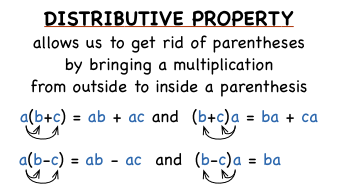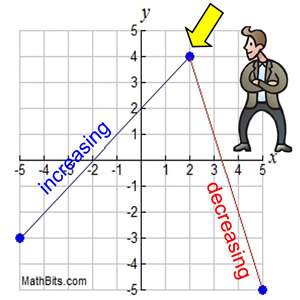surface area:
I found surface area was quite an important unit this year because I think it is important to learn how to calculate the size dimensions and measurements of a shape.

https://www.gigacalculator.com/calculators/surface-area-calculator.php
I learned how to find the surface area of this prism. What helped me the most was just writing all the combinations with these numbers.
- 8 x 12 (wxh)
- 12 x 5 (hxw)
- 5 x 8 (wxl)
8 x 12 = 96cm2 (192cm2)
12 x 5= 60cm2 (120cm2)
5 x 8=40cm2 (80cm2)
ADD: 392cm2
linear equations:
I think that solving linear equations was a very important unit we learned this year. Being able to isolate the variable was something that I quite enjoyed.
ALWAYS REMEMBER
B= best//brackets
F=freinds//fractions
S=share//sort
D=deserts//divide
EX) 3x-2=12x+5
the first step we would need to do is to subtract 3x from each side *WHAT YOU DO TO ONE SIDE YOU DO TO THE OTHER*
the new equation:
-2=9x+5
based on BFSD we still do not have x by itself, meaning we still have to sort.
to get x on its own we need to subtract 5 from each side
NEW EQUATION:
-7=9x
the last step would be to divide 9 by 9 and 7 by 9
ANSWER:
-0.78
https://youtu.be/GmMX3-nTWbE
distributive properties
I quite enjoyed the distributive law, I think it is important because it gives you a different approach on multiplying.
EX) 5(6x-12) + 2(x+3)
you would first need to multiply the 5 by the 6x (30x) and then the 5 multiplied by 12 (60)
and do the same on the opposite side…
if we were to re-wright the question it would now be…l
30x- 12 + 2x + 6
the next step would be to combine all the like terms.
ANSWER:
32x +6

http://virtualnerd.com/sat-math/fundamentals/simplifying-expressions/distributive-property-definition
Similarity:
I think learning about the different kinds of surveys are good to know.
here are the different kind of influences that can be put on a survey to make it bias, or not fair.
is the question bias– meaning does it show a preference towards a certain product or thing?
is the use of language easy to understand– is it clear and legible?
Ethics– does it report to an inappropriate behaviour/ against the law?
Cost– do the costs outweigh the benefits?
Time and timing– is it the appropriate time/ will the timing affect the results?
Privacy– does the person answering the questions feel like their answer will be kept confidential? Do they have the right to refuse to answer the survey?
Cultural sensitivity– do the questions affect the cultural groups/ will the question be offensive/ be aware/ do they have options?
Samples:
random sample: a random sample includes a systematic sample, which is unbias, and everyone has the same chance of winning. there is also a stratified sample meaning a certain amount of people get chosen randomly
random samples- show unbias results, and the response can be made to make predictions about the population.
non random samples
- convenience- only asking the people that walk in a certain hallway
- voluntary response sample- only those who wish to answer will, either have a very positive response or a very negative response.
Exponents:
exponents were a very important unit, in my opinion, writing an exponent is so much easier than multiplying,
rules:
- anything to the power of zero is 1
- little numbers only multiply subtract add or divide by little numbers
- the exponents tell you how many copies are being made
- when it is a multiply question the exponents add
- when it is a division question the exponents subtract.








 a
a add -2 and remove the zero pairs
add -2 and remove the zero pairs
 re
re t
t
 add +5 to each side
add +5 to each side 
 add +6 to each side (and remove zero pairs)
add +6 to each side (and remove zero pairs)








